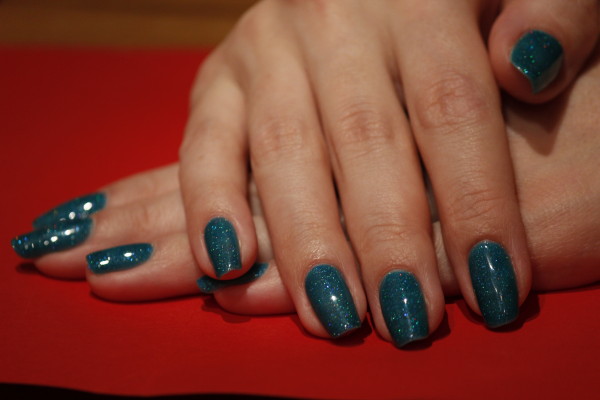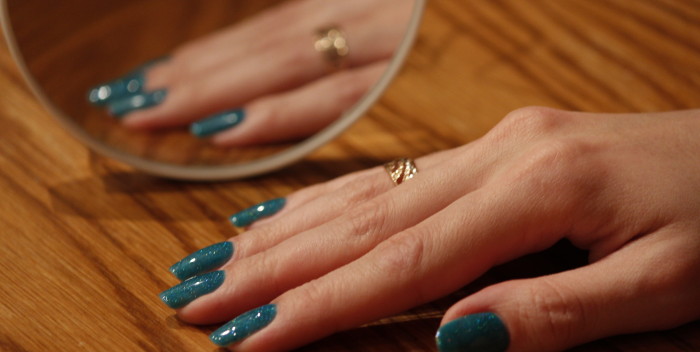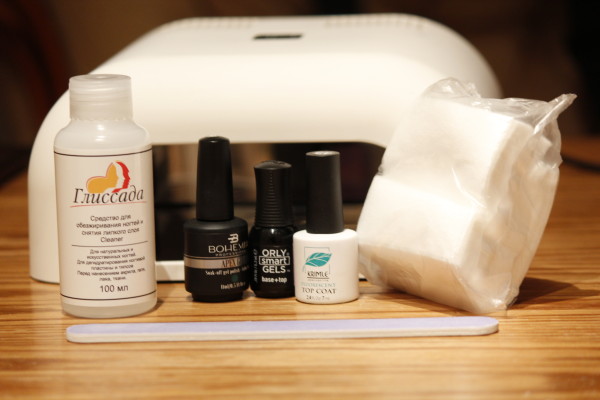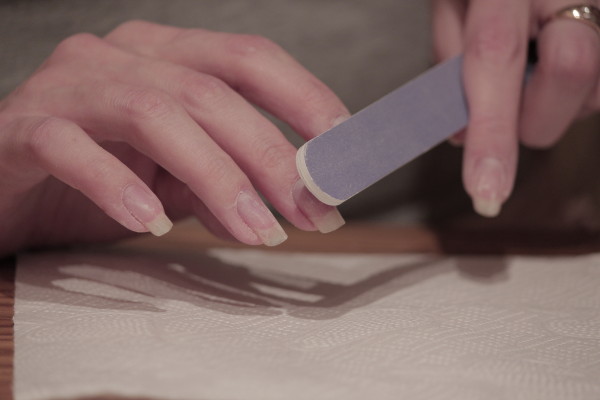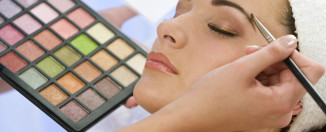How to make shellac: step by step MK
Hands are like a visiting card of any woman, they should always be in the most perfect condition. But, sometimes, there is no time left for a manicure. Shellac comes to the rescue. With it, you can make your nails beautiful and neat for a relatively long period of time. It cannot be called megastable, but the fact that it stays on nails without chips and much longer than the average varnish can be said with absolute certainty.
By the way, another huge advantage of shellac over varnish is that the first, unlike the second, does not lose its glossy shine throughout its entire wear. And durability can be extended by selecting and purchasing high-quality components. From my own experience, I will say that there are shellacs that go off already on the fourth day, and there are those that last ideally for 2 weeks or more for weeks. With experience, you will surely find your favorites.
What you need for shellac
For shellac, very few ingredients are needed. Buying everything from scratch, taking into account the color coating and a good lamp, the purchase will cost 3,000 rubles. If we consider that the cost of such a manicure from a specialist costs 800-1,000 rubles, then such an acquisition will pay off after three or four sessions.
So, the set includes:
- a nail file for removing glossy shine from a "naked" nail;
- means for degreasing and removing the sticky layer;
- basic coverage;
- colored coating (shellac itself);
- top coating;
- special napkins without lint;
- lamp for curing the coating.
I will make a reservation right away that it is better not to replace napkins with cotton pads. When removing the sticky layer, and even when degreasing the surface of the nail, hairs may remain from cotton wool, which will not have the best effect on the quality of the manicure. Napkins are very convenient in this regard, they are also sold in professional cosmetics stores and are cheap, literally 30-40 rubles per 100 pieces.
Now we proceed to the manicure itself.
How to make shellac
It will be unnecessary to talk about the need preliminary manicure, in which the nails are shaped, cuticle is removed etc. After all the preparatory measures, it is necessary to cut off the glossy layer from each marigold. This is done with a nail file and without undue zeal, so as not to injure the nails.
After that, each nail must be degreased, and this should be done not only on the surface itself, but also under it. This is very important, otherwise it can shorten the "life" of the manicure. 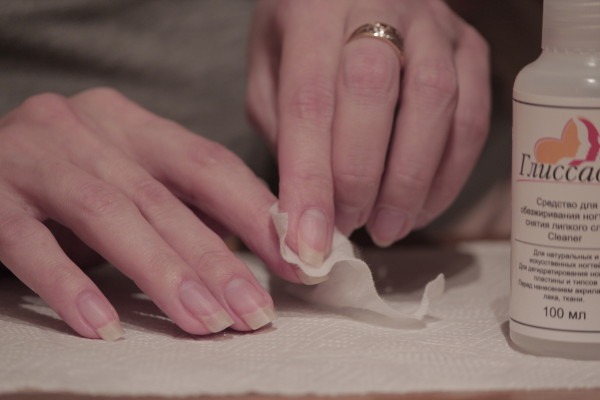
Let your nails dry completely and you can start applying the base coat. Apply it in a very thin layer, after removing the excess from the brush by wiping it over the neck of the tube. Do not assume that the more of it, the longer the shellac will last. Do not forget to seal your nails by running a brush along the end of the nail - this is one of the main secrets to avoid chipping in this weak spot. And yet, in any case, do not touch the cuticle or lateral ridges. Otherwise, especially if the shellac is liquid, it will spread over the skin and it will be almost impossible to stop this "heat", and the manicure itself will be ruined. 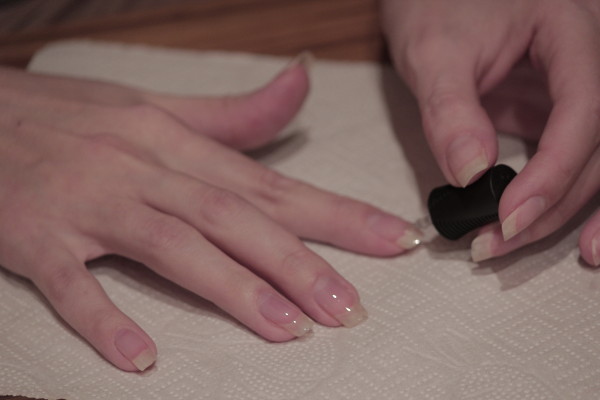
Dry the cover in the lamp. With a UV lamp it will take three minutes, with an LED lamp 30 seconds. 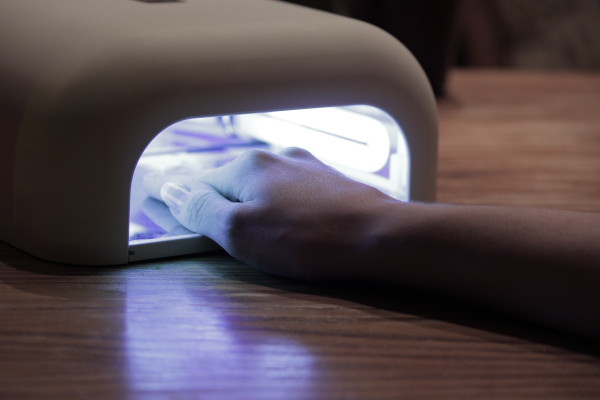
Now you need to apply the first coat of shellac. Apply it very thinly. If you apply a thick layer, then it can bubble or "bake", as if to drain, forming mini-waves. Brightness and color saturation can be achieved by the number of layers, and there can be up to three to four of them, depending on the liquid and the density of the coating. But each layer must be thin. 
Dry the shellac in the same way in the lamp, but less (for UV lamps - 2 minutes, for LED lamps - 30 seconds). 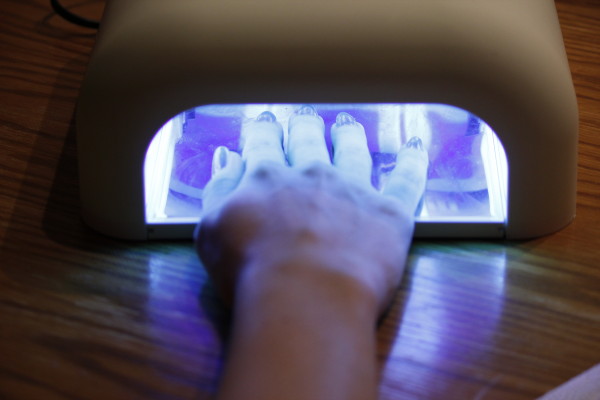 Start applying the second coat. Take your time, walk all over the marigold, leaving no bald spots. And repeat the drying procedure again.
Start applying the second coat. Take your time, walk all over the marigold, leaving no bald spots. And repeat the drying procedure again. 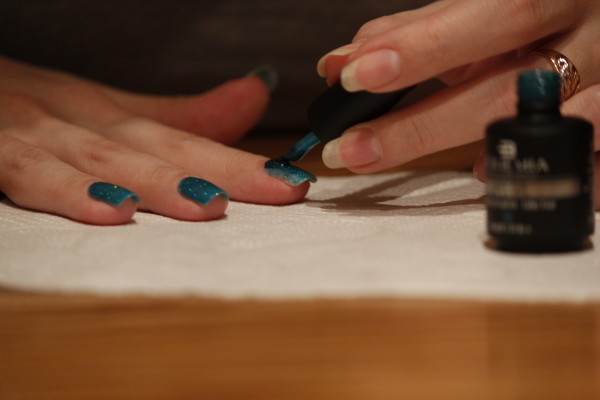 If two coats didn't seem enough, apply a third. After that, be sure to treat the nails with a top coat. It can be glossy or matte - that's a matter of taste. In my case, gloss is present. Here, you also need to seal each nail to prevent chipping. Dry the coating over time as well as the base.
If two coats didn't seem enough, apply a third. After that, be sure to treat the nails with a top coat. It can be glossy or matte - that's a matter of taste. In my case, gloss is present. Here, you also need to seal each nail to prevent chipping. Dry the coating over time as well as the base. 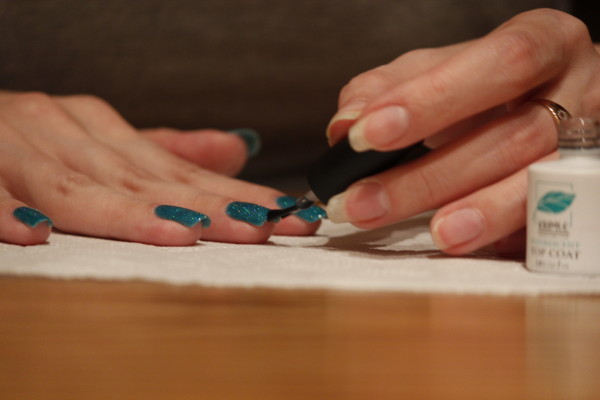 We proceed to the final stage - removing the sticky layer. This may not be necessary as not every top has this sticky layer. Soak a napkin in a special liquid, blot each nail with it several times, then erase the layer with confident movements, moving from the cuticle to the end of the nail. Do not worry, the shellac has completely polymerized and this will not affect its quality in any way.
We proceed to the final stage - removing the sticky layer. This may not be necessary as not every top has this sticky layer. Soak a napkin in a special liquid, blot each nail with it several times, then erase the layer with confident movements, moving from the cuticle to the end of the nail. Do not worry, the shellac has completely polymerized and this will not affect its quality in any way. 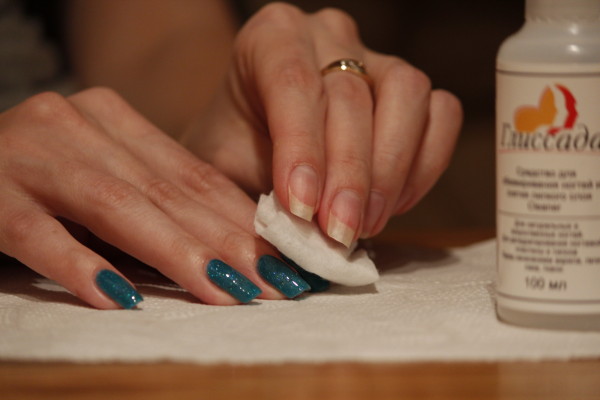
That's all, our beautiful and neat manicure is ready! In time, all this takes no more than half an hour, and the effect is worth it. By the way, a pedicure is performed in the same way. As you can see, there is absolutely nothing complicated in the process and it makes no sense to pay money for this procedure to other people. And with the money saved, it is better to regularly replenish your shellac collection. 